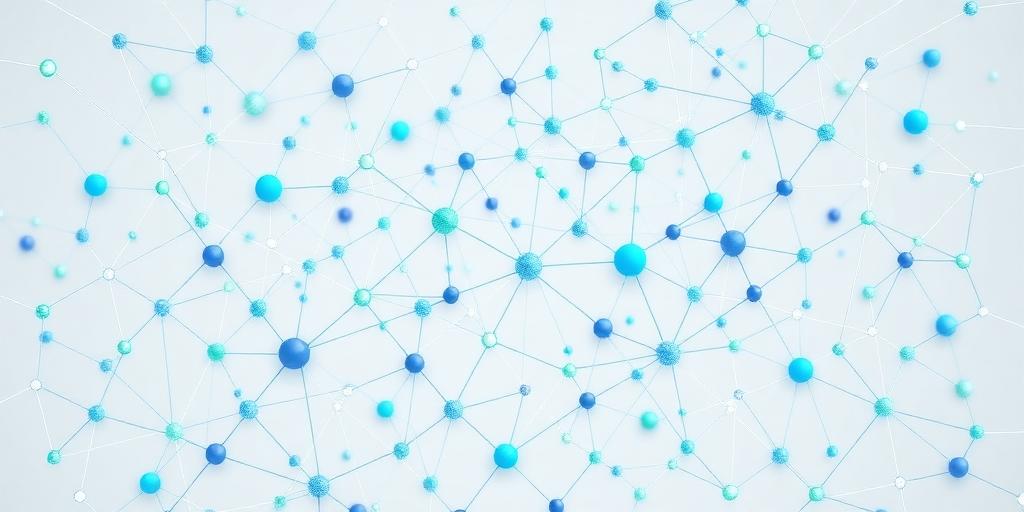Business and economy simulations and modeling are powerful tools used to understand and predict the behavior of complex systems. These simulations provide a virtual environment where various scenarios can be tested without the risks and costs associated with real-world experiments. In this post, we'll explore the applications, benefits, and key components of these simulations.
Applications of Business and Economy Simulations
Policy Analysis: Governments and organizations use simulations to evaluate the potential impact of new policies. For example, a government might simulate the effects of a tax change on economic growth and income distribution.
Strategic Planning: Businesses use simulations to develop and refine their strategic plans. By modeling different market conditions and competitive responses, companies can identify robust strategies that are likely to succeed.
Risk Management: Simulations can help identify and assess potential risks. Financial institutions, for instance, use simulations to model the impact of various economic shocks on their portfolios.
Training and Education: Simulations provide a hands-on learning experience for students and professionals. Participants can make decisions and observe the consequences in a safe and controlled environment.
Supply Chain Optimization: Companies use simulations to optimize their supply chains. By modeling different scenarios, they can identify bottlenecks and improve efficiency.
Benefits of Using Simulations
- Cost-Effective: Simulations are generally less expensive than real-world experiments.
- Time-Saving: Simulations can quickly generate results that would take years to obtain in the real world.
- Safe Environment: Simulations allow you to test potentially risky scenarios without real-world consequences.
- Improved Decision-Making: Simulations provide insights that can lead to better decisions.
- Enhanced Understanding: Simulations can help you understand the complex interactions within a system.
Key Components of Simulations
- Data: Simulations rely on data to represent the real world. The quality and accuracy of the data are critical to the validity of the simulation.
- Models: Simulations use mathematical and logical models to represent the relationships between different variables.
- Algorithms: Simulations employ algorithms to process the data and generate results.
- Software: Simulations are typically implemented using specialized software tools.
- Hardware: The hardware requirements depend on the complexity of the simulation.
In conclusion, business and economy simulations and modeling are invaluable tools for understanding and predicting complex systems. By providing a virtual environment for experimentation, these simulations enable better decision-making, improved risk management, and enhanced strategic planning. As technology continues to advance, the use of simulations is likely to grow, further transforming the way businesses and governments operate.









